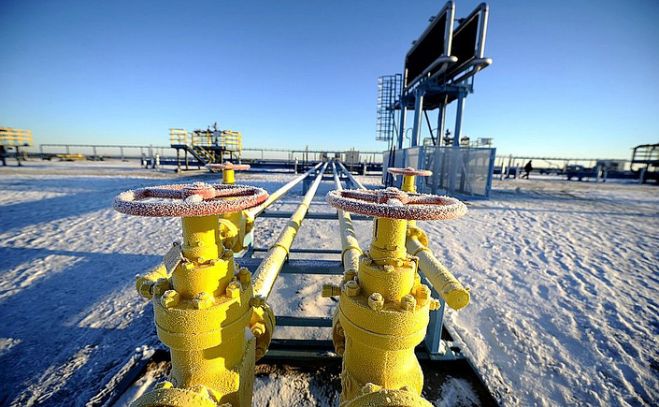
Equity markets are trading at record highs, but the Canadian energy sector remains mired in a multi-year slump.
Let’s take a look at the current situation to see if it might be time for contrarian investors to start adding some beaten-up oil producers to their portfolios.
Oil market
West Texas Intermediate (WTI) oil has enjoyed a nice recovery over the past six months, rising from a low near US$43 per barrel to the current price of about US$57.
Pundits are all over the map when it comes to price forecasts, with bulls calling for a strong move to the upside in 2018 and bears saying the recent strength won?t last.
Where we end up is really anyone?s guess.
On the positive side, global demand remains robust and OPEC has extended its pact with a handful of other producers, including Russia, to trim global oil supply by 1.8 million barrels per day. The agreement first took effect late last year and was originally set to expire in June 2017.
Analysts with a bearish position on oil point to rising shale production in the United States. In fact, the U.S. could hit record average output levels in 2018, surpassing the peak reached in 1970. This could cap any meaningful or sustainable price gains.
What about Canada?
Western Canadian Select (WCS) generally trades lower than WTI, but the differential recently widened to an eye-popping US$25 per barrel due to rising output and pipeline bottlenecks.
This means that Canadian oil sands producers are still facing a challenging market.
Some relief could be on the way if Keystone XL and the Trans Mountain expansion project are built. Until then, the average annual price gap between WCS and WTI is expected to widen in 2018 and 2019.
Should you buy oil stocks today?
Battered Canadian producers such as Crescent Point Energy Corp. (TSX:CPG)(NYSE:CPG) might be worth a contrarian shot if you are a long-term oil bull.
Crescent Point is actually targeting 10% year-end production growth compared to 2016, and is selling its non-core assets to pay down some debt and strengthen the balance sheet. The company?s debt is high, but remains well within lending covenants and available liquidity is at a comfortable $1.5 billion.
In addition, Crescent Point still pays a monthly dividend of $0.03 per share for a yield of 3.9%.


